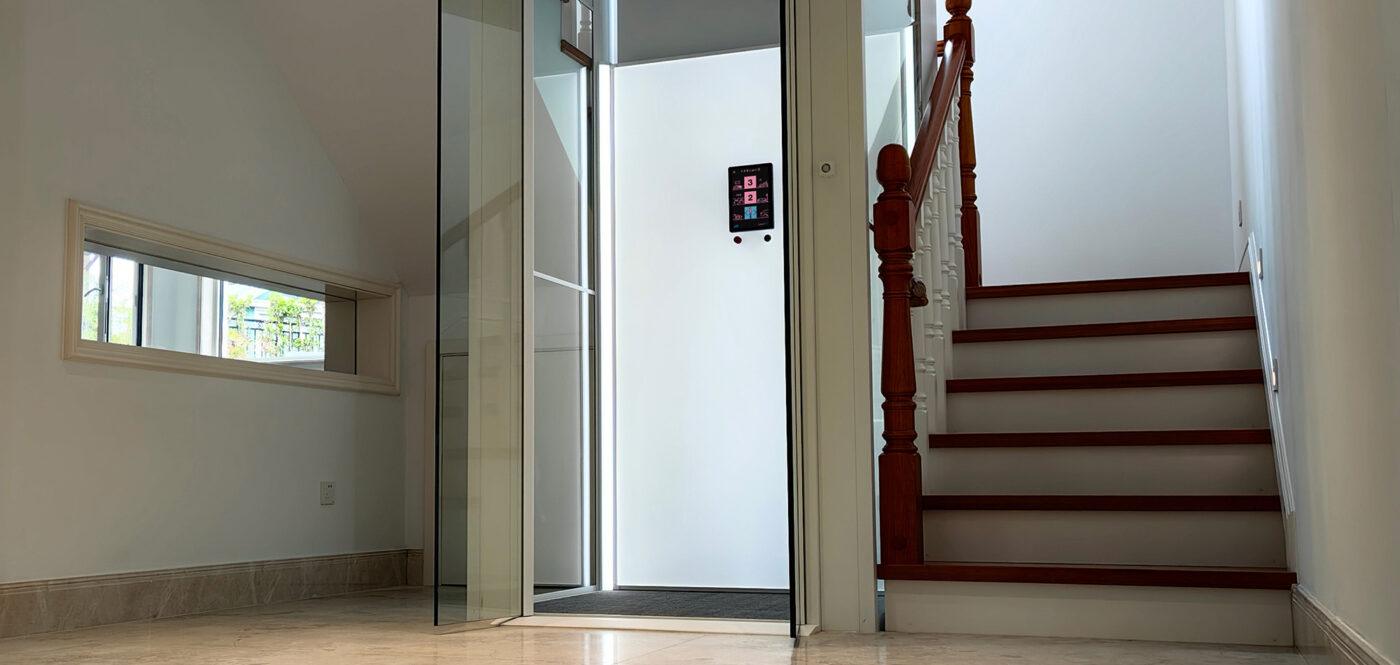
Navigating the decision between installing domestic lifts for houses or retrofitting it into an existing home presents unique considerations. Explore the factors influencing this choice and discover the optimal timing for integrating accessibility and convenience into your living space. Whether planning a new construction project or enhancing an established home, understanding the benefits and challenges of each option will help you make an informed decision that suits your lifestyle and long-term accessibility needs. Join us as we delve into the nuances of new builds versus retrofits, guiding you toward the perfect solution for your home lift installation.
The Advantages of New Build Lift Installation
Seamless Integration
One of the primary benefits of installing a home lift during a new build is its seamless integration into the property’s architectural design. Integrating the lift’s structural requirements during the initial construction phase ensures that it fits harmoniously with the layout and aesthetics of the home. This results in a cohesive and streamlined appearance without significant retrofitting or structural modifications.
Cost-Friendly
Opting for a home elevator installation during new construction can be more cost-effective than retrofitting. Incorporating the lift into the initial building plans allows for better budget planning and cost control. It eliminates the expenses associated with retrofitting, such as demolition, additional structural reinforcements, and adjustments to existing layouts, which can often be more costly and time-consuming.
Flexibility in Design
New build installations offer greater flexibility in home lift design to meet specific functional and aesthetic preferences. Homeowners can choose from various lift types, sizes, and configurations that seamlessly blend with the property’s architectural style and interior decor. This flexibility ensures that the lift enhances the home’s functionality and visual appeal, tailored to the homeowner’s unique requirements.
Greater Customization Options
Installing a home elevator during new construction provides extensive customization options. Homeowners can select features such as cabin finishes, lighting, control systems, and additional amenities to personalize their lift to suit individual preferences and lifestyle needs. This customization creates a tailored solution that aligns perfectly with the homeowner’s vision for their new home.
The Advantages of Retrofit Lift Installation
Retrofitting a lift into an existing home offers several advantages despite its challenges.
Adapting Your Existing Home
Retrofitting allows homeowners to add accessibility features without major structural changes. This adaptation is particularly beneficial for older adults or individuals with mobility issues who wish to remain in their current residence.
Limited Options
Retrofitting may offer fewer lift types and design options than new-build installations. However, technological advancements have expanded retrofitting possibilities, offering more choices than in the past.
Higher Costs
Retrofitting a lift into an existing home can be more expensive than installing one during new construction. Costs include the lift itself and structural modifications, electrical work, and potentially additional space requirements, all of which contribute to higher overall expenses.
Quicker Access
Despite the challenges, retrofitting provides relatively quicker access to improved mobility and accessibility within the home. Once installed, homeowners can immediately benefit from a home lift’s convenience and independence.
While retrofitting a lift into an existing home may involve higher costs and limited options compared to newly built installations, it offers the invaluable benefit of adapting your current residence to meet evolving accessibility needs.
Factors to Consider When Making Your Decision
When deciding whether to install a lift, several key factors should guide your decision-making process:
Budget
The cost of installing a home lift is a critical consideration. Determine your budget early on and research various lift types, installation, and ongoing maintenance expenses. New-build installations may offer more predictable upfront costs while retrofitting can be more variable depending on existing home conditions and required modifications.
Personal Preferences
Your personal preferences and lifestyle needs significantly affect selecting the right home lift. Consider factors such as the type of lift that best suits your mobility requirements (e.g., wheelchair accessibility), design preferences that complement your home’s aesthetic, and desired features such as remote controls or emergency backup systems.
Future Plans
Assess your long-term plans for the home. If you anticipate aging in place or foresee potential mobility challenges, installing a home lift early can provide peace of mind and ensure your home remains accessible for years. Consider how a home lift aligns with your future needs and lifestyle changes.
In conclusion, weighing these factors—budget, personal preferences, future plans, home structure, accessibility needs, and professional consultation—will empower you to make a well-informed decision regarding installing a home lift. By carefully considering these aspects, you can enhance accessibility, improve quality of life, and ensure your home meets your evolving needs for years.
Choose SWIFT For High-Quality Home Elevators
Choose SWIFT for high-quality home elevators that blend reliability with elegance. Our elevators are crafted with precision engineering and advanced safety features, ensuring smooth operation and peace of mind. Whether enhancing accessibility or adding luxury to your home, SWIFT elevators deliver unparalleled comfort and style. Experience the difference with SWIFT today.
FAQs
Install an elevator when accessibility becomes a priority, such as during new home construction, major renovations, or when mobility challenges arise for long-term convenience and safety.
Home lifts are generally reliable and equipped with modern safety features and maintenance routines that ensure smooth operation and user safety. Regular servicing and inspections further enhance their reliability.
It is possible to install a lift in an old house, though it may require structural modifications and adherence to building codes to ensure safety and functionality.
Lifts typically need replacing every 15-20 years, depending on usage, maintenance, and technological advancements in safety and efficiency. Regular inspections can help determine when replacement is necessary.
Home lifts require regular maintenance to ensure optimal performance and safety, typically involving inspections, lubrication, and occasional adjustments.
Get In Touch










